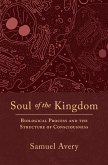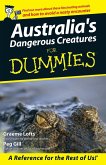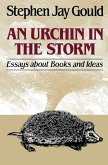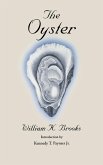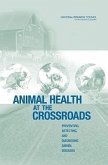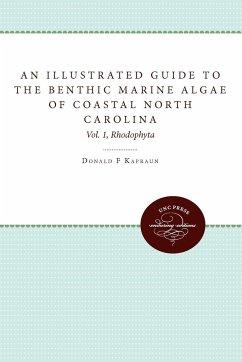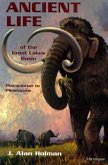McNeely and Wachtel, former Peace Corps workers in Southeast Asia who have since, between them, "lived or worked in virtually every country in the region east of India, south of China, and north of Australia," here set forth the region as a model for "a sustainable relationship between people and wildlife." In preparing their case, the authors have, in their words, "delved into the worlds of religion, art, anthropology, psychology, sociology, history, biography, travel, literature and mythology to learn how humans and animals have coexisted" - and they have come up with a rich, exotic kettle of myths, origin tales, ritual dances, blood sports (headhunting, cockfighting), natural-historical oddities (a woman raped by an orangutan, and Bo Derek's narrow escape from the same fate), human-animal soul transfers and transformations (into pigs, crocs, elephants, or the often-rumored "were tiger"), animals gods and heroes, and human use of animals and animal products as omens, scapegoats, tractors, medicines, or food. (Apropos this last, there's a recipe for a rat curry that is de rigueur at Indonesian wedding feasts.) As a sort of intellectual bracket for all this lore, the authors outline four ecocultural revolutions in the region's development, from the taming of fire by prehistoric hunters to the recent entry into the global marketplace. This last, they emphasize, degrades the environment, endangers the wildlife, and impoverishes the people - and might end in a prophesied fiery chaos that sounds a lot like nuclear holocaust. Yet McNeely and Wachtel, without offering any arguments to support their optimism, predict a happier outcome, a fifth revolution built on reasonable balance between people and nature. Except for some vague conservationist recommendations that "[people and nature] be considered together," the authors never really integrate their scientific/historical outline with their lush ecocultural travelog of myth and ritual. But perhaps McNeely and Wachtel seek merely to evoke the region's complex and fluid relationships - and so, by some non-Western transfer to consciousness, to perpetuate the gleam in the eye of the tiger. (Kirkus Reviews)
Hinweis: Dieser Artikel kann nur an eine deutsche Lieferadresse ausgeliefert werden.
Hinweis: Dieser Artikel kann nur an eine deutsche Lieferadresse ausgeliefert werden.


